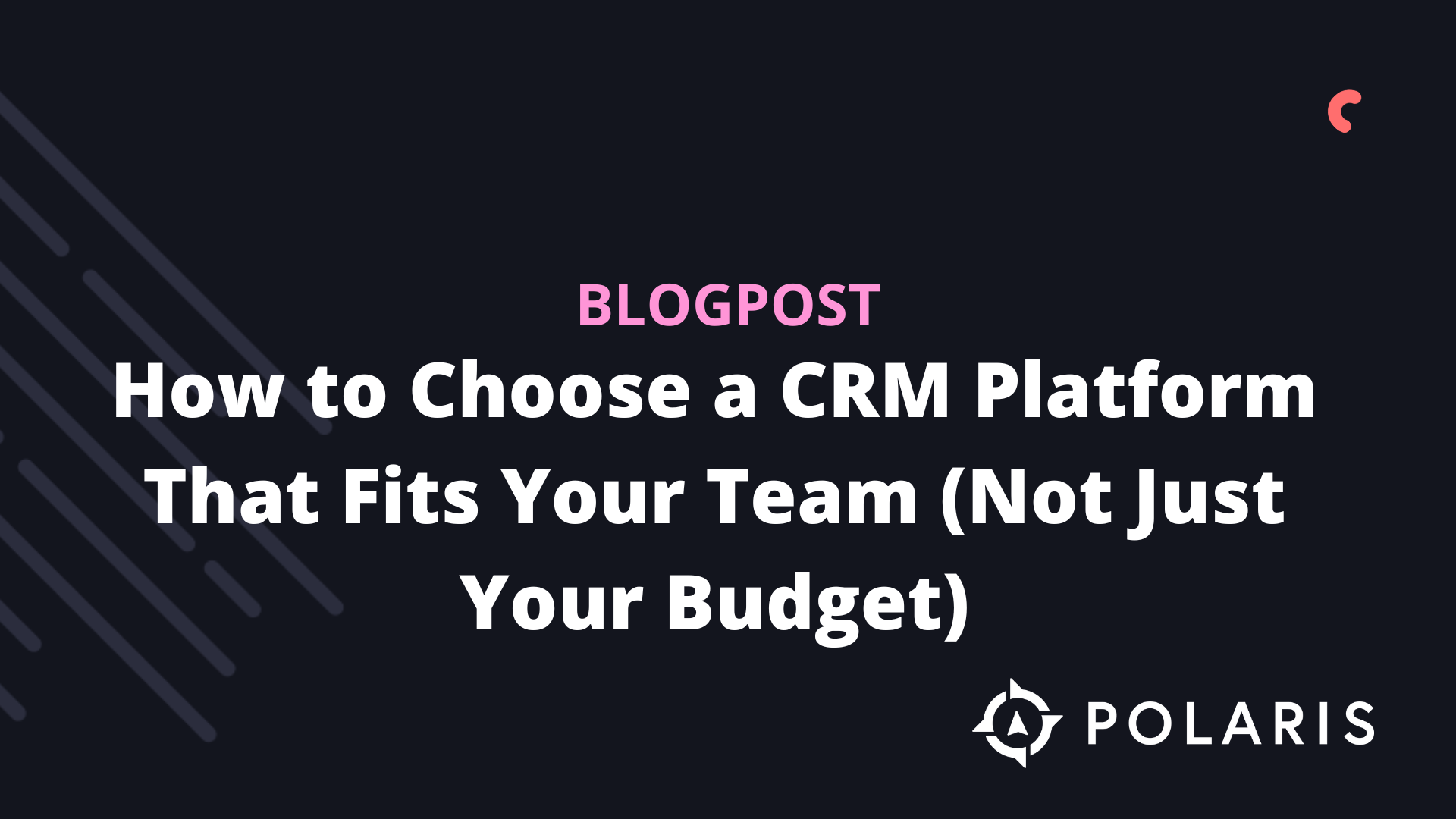The Importance of Conversion Optimization



This article was published on the Buckaroo website in 2016.
Conversion optimizationis about doing marketing as effectively as possible. It’s about understanding your visitors better, providing them with a better experience, and making it easier for them to convert.
Conversion optimization becomes truly interesting when I share this: for one of my clients, I increased the bottom-line revenue by a factor of 1.4. That’s 40% more revenue from the same number of visitors. Cold, hard cash. That’s what the methodology of conversion optimization can do for you.
Got your attention? Great. Conversion optimization works so well because it’s based on data, not gut feeling or intuition. We know for sure that the changes we implement on the site are actual improvements because they’re based on data.
With this additional layer of data, marketing doesn’t disappear—it accelerates. Because now you can see which decisions positively impact your revenue, you can make more of these decisions. You also know what doesn’t work, so you don’t have to waste energy on those efforts. The creative side of marketing remains, but it is enhanced by data insights. Conversion optimization is built on insights derived from your data. You can’t just use someone else’s insights or data.
What happens if you don’t use data?
Mark & Spencer, the British retailer, launched a completely redesigned website without testing it with users. The result? An 8% loss in online sales.
Bol.com, on the other hand, tests multiple pages every day. You see a different version of Bol.com than I do. But because we’re both behind different screens, we don’t notice the testing. Booking.com and Netflix are running at least 100 experiments at any given time.
But can’t I just use best practices or look at competitors?
A website is contextual: you can’t just apply someone else’s solution. This is quite obvious in online marketing campaigns but less so with conversion optimization. To illustrate, a funeral director might know that a Facebook like & win campaign works well for a women’s magazine like Linda, but it’s likely to be less effective for their industry. So why do we copy elements from other websites so readily?
Firstly, we assume that competitors know what they’re doing. Unless they’re basing their decisions on data, they’re also just trying things out. And what works for them might not work for you. If you copy Amazon’s design, it doesn’t mean your conversion rate will suddenly jump to 13%.
Secondly, it’s related to our biases and assumptions. If the decision-maker in marketing is part of the target audience, their opinion might match the needs of the entire group and bring an improvement. However, websites often have multiple target audiences that react differently to a site.
If you own an iPhone, you likely view your website primarily on your iPhone. But did you know that Apple has only a 34% market share in the Netherlands? If you only test your site on your iPhone, you’re actually in a minority, despite what it might seem like in your professional circle.
You should always test changes on your website.
You can test using an A/B test or a multivariate test. There are software packages like Optimizely for this, or you can build it into the code of your website. Google did this some time ago. This example shows that the larger your website is, the more crucial testing becomes in terms of absolute revenue.
Marissa Mayer, now the CEO of Yahoo, is known for her “40 shades of blue” tests. She tested 40 different shades of blue on Google’s traffic. Google’s total traffic was divided into 40 segments of 2.5%, each seeing a different shade of blue. Based on the data, Google determined which shade of blue generated the most revenue. That’s the shade you now see in Google and Gmail.
This experiment earned Google an additional €200 million in revenue. The managing director of Google UK put it like this:
“In the world of the HIPPO [Highest Paid Person’s Opinion], you ask the chief designer or marketing director to pick a blue and that’s the solution. But in the world of data, you can run experiments to find the right answer.”
How to improve your conversion rate?
Conversion optimization is about using your website as effectively as possible to increase revenue. It’s about generating more revenue from the same number of users. There are two ways to improve your conversion rate. The formula for conversion optimization is:
Number of visitors who converted
divided by
Total number of website visitors
You can either increase the numerator or decrease the denominator.
Method 1: Increase the number of conversions
Get more people to make a purchase without increasing the number of visitors. This makes your website more effective. If you had 4 purchases out of 150 visitors, your conversion rate was 2.66%. If you increase this to 6, your conversion rate becomes 6/150 = 4%.
You can achieve this in two ways:
- Find out why non-buyers didn’t make a purchase and improve that (solve problems).
Is there friction or confusion on your website? Often, your product benefits are described using jargon that users might not understand. This is the hardest thing to improve.- Example 1: If you have a webshop selling tampons and you advertise to the entire Dutch audience, excluding men from your ads could potentially halve your marketing budget and double your conversion rate.
- Example 2: If your website is in Dutch and you attract French-speaking visitors who can’t read Dutch, they will never buy anything. That’s a waste of your marketing budget. Conversion optimization can help improve this ratio.
- Find out why users are making purchases and emphasize those benefits (communicate website advantages better).
Users might be converting because they heard about your product from a friend, or because your product caters specifically to a target group like mothers with large families or men aged 35-45. If you can identify this subgroup, you can grow rapidly.
Method 2: Attract more of the right target audience to your website
The other way to improve your conversion rate is to reduce the number of visitors. I mean keeping out people who won’t convert. Conversion optimization has a qualitative side: talking to your users (same as visitors or customers) and understanding what they find important. This will help you identify who your customers are not and what your customers do value.
- Example:
If you own a nightclub, you want everyone to buy drinks. The club has a capacity of 1,000 people. If the club is full, it’s a good idea to have only people who buy drinks inside. You can’t tell who will buy drinks in a club, but on a website, you can predict and see this.
Conversion optimization is about the interplay between your target audience and your website. Based on data, you can pinpoint whether a target audience will convert or not.
Conversion rate is part of a bigger formula: your website’s revenue.
You can improve your conversion rate in two ways:
- Increase conversions from existing visitors by providing better information.
- Achieve the same number of conversions with fewer visitors by filtering your audience based on quality (e.g., don’t target traffic from Finland if your website is in Dutch).
%20(1).png)





